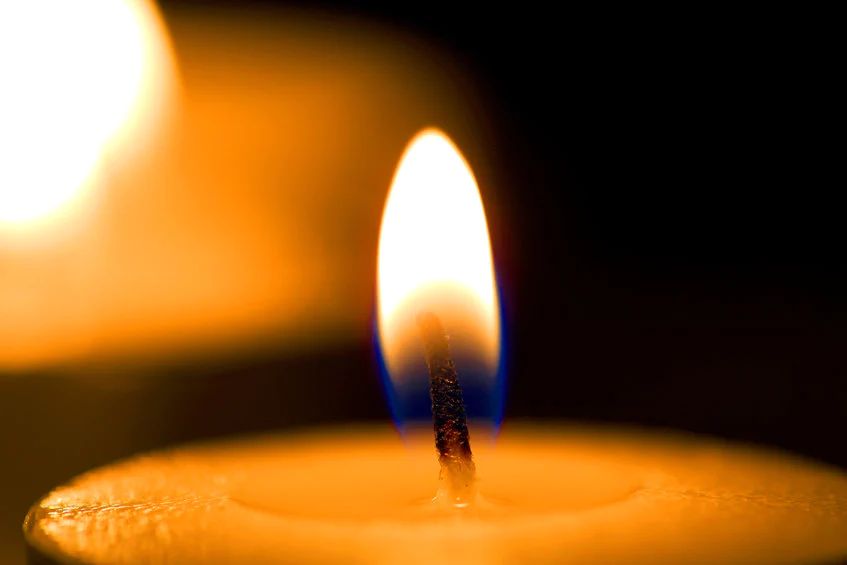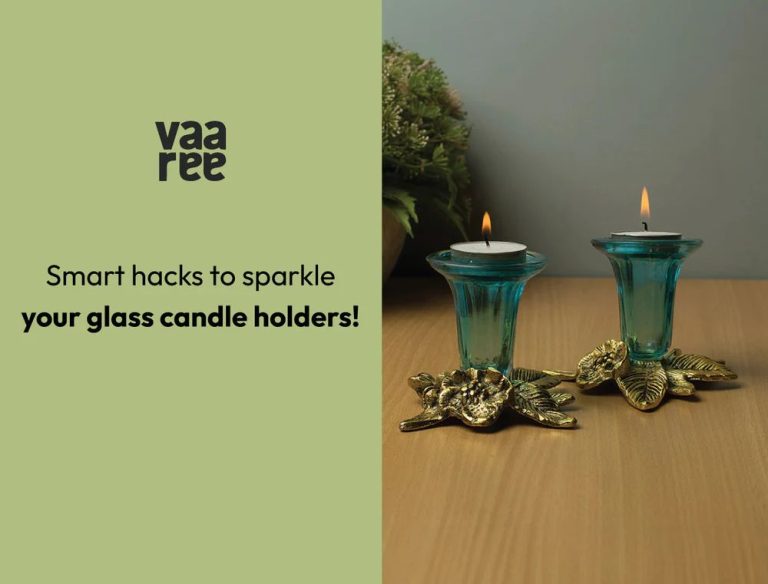What Does The Candle Wick Represent?
Define candle wicks and their purpose
Candle wicks are a crucial component of candles, serving the important purpose of delivering melted wax to the flame. They are string-like pieces of material that run through the center of the candle. When the candle is lit, the wick absorbs liquid wax via capillary action and draws it up to the tip so it can be burned and create the candle’s flame. Without a wick, a candle would not be able to burn. Wicks are necessary to regulate and sustain the candle’s flame.
Wick Composition
Wicks are typically made from materials that can soak up wax and hold a flame, such as cotton, paper, zinc or tin https://candles.org/elements-of-a-candle/wicks/. The most common core materials for wicks are cotton, paper, zinc or tin. Wicks with a cotton or paper core are able to absorb and hold melted wax through capillary action, facilitating an even burn. Cored wicks also allow for a cooler flame because the hollow core brings in more air.
Common types of wick cores include:
- Cotton: Absorbs wax well, common for container candles
- Paper: Made of wood pulp or thin cardboard, used for votives
- Zinc or tin: Non-absorbent metal cores surrounded by a cotton weave exterior, used for pillars or devotional candles
The exterior braiding or weaving of the wick impacts the flame size and how well the wick curls as it burns. Wick composition plays an important role in regulating the melt pool and capillary action.

Wick Size
The size of the candle wick, which refers to the diameter or thickness, is one of the most important factors in a properly burning candle. Thicker wicks have a larger surface area, allowing more melted wax to travel up the wick through capillary action. This enables a larger flame while burning (cite: https://www.candlescience.com/learning/wick-guide/).
Larger diameter wicks are better suited for bigger candles, as they can provide a flame large enough to properly melt the larger wax pool. Smaller wicks are preferable for smaller candles, as a flame that is too large will cause issues like tunneling. As a general guideline, taper candles do well with a medium wick size, votives and containers under 3 inches use a thinner wick, while pillars and larger containers need a thicker wick (cite: https://lonestarcandlesupply.com/guide-to-wicking/).
Choosing the right wick diameter for the candle size and wax type is crucial in candle making. An oversized wick can lead to soot, blow outs, and too large of a flame, while an undersized wick may create tunneling, drowning, or an insufficient melt pool. Consulting wick size charts, testing wicks, and understanding how wick diameter impacts candle burn are key steps.
Wick Braiding
The way a wick is braided can significantly impact how a candle burns. There are several common braiding styles used for candle wicks:
Square braids are the most common. These consist of several cotton strands braided together into a flat, square shape. Square braids provide a consistent burn and are suitable for various wax types (Atkins & Pearce).
Helix wicks have a spiral shape and are braided from paper-cored cotton. The spiral helps the wick curl as it burns, avoiding mushrooming at the tip. Helix wicks work well for soy wax candles (Frændi).
LX wicks have a unique flat braid of paper-cored cotton that provides excellent capillary action. The flat braiding style allows the wick to bend as it burns, reducing issues like mushrooming (Frændi).
The braiding pattern impacts how the wick curls, bends, and burns. Selecting the optimal braid style helps the candle perform correctly for the wax type and desired burn properties.
Wick Trimming
Trimming the wick is an important part of proper candle care and helps ensure an even, steady flame. As a candle burns, the wick gets coated in melted wax which can cause the flame to tunnel down into the wax or make the flame too large. According to Martha Stewart, wicks should be trimmed every 4 hours of burn time.
Wicks should be trimmed to 1⁄4 inch before lighting to preempt any potential issues. The ideal wick height is around 1⁄4-1⁄2 inch during burning. Long wicks that aren’t trimmed result in uneven burning, excess smoke, or flames that are too large. Proper wick length helps the candle burn slower and more efficiently. Trimming also removes any mushrooming or carbon buildup on the tip of the wick.
Special wick trimmers provide the cleanest, easiest method for trimming wicks. Failing that, a sharp pair of scissors can be used to snip the wick vertically above the melted wax. The wick should be trimmed straight across to leave an even, flat tip. Trimming the wick regularly extends the life of the candle and allows for the fragrance to be dispersed properly without producing excess smoke.
Capillary Action
The wick of a candle allows capillary action to draw liquid wax up to the flame. Capillary action occurs when adhesion and cohesion allow liquids to flow against gravity in narrow spaces. In a candle, the narrow cotton fibers that make up the wick act as capillary tubes, using capillary action to absorb liquid wax and draw it upwards.
As the National Candle Association explains, “As that liquid wax gets pulled up the wick by capillary action, it vaporizes and combusts” 1. The wax adheres to the sides of the cotton wick fibers through adhesive forces. At the same time, cohesive forces cause the wax molecules to stick together in a column within the wick. This allows the liquid wax to be drawn up the wick until it reaches the flame.
Without the capillary action enabled by the candle wick, the heat of the flame would not be able to access and vaporize the liquid wax fuel. The wick essentially acts as a conveyor belt to bring wax from the pool to the flame. This capillary action is essential for a long-burning, controlled flame.
Absorbing Wax
The wick plays a crucial role in absorbing the melted wax to fuel the flame. As the candle burns, the heat from the flame melts the wax into a liquid. The wick then acts like a straw, soaking up the liquefied wax via capillary action and transporting it to the flame. This allows for continuous fuel to keep the flame burning evenly and brightly.
Fibers like cotton or paper make excellent wicking materials. The tiny gaps between the fibers draw the liquid wax upward. Synthetic fibers like nylon can also be used. The key is a material that easily absorbs the wax while resisting being burnt up too quickly by the flame.[1]
Regulating Burn
The candle wick plays a critical role in regulating the burn of the candle. The size and composition of the wick impacts the flame height, temperature, and amount of smoke produced.
A properly sized wick will produce a flame that is the right height for the candle’s diameter. If the wick is too wide for the candle, it will result in a flame that is too tall and produces excess smoke. Conversely, if the wick is too small for the candle’s width, the flame will be dim and potentially drown in the melting wax.
Wick composition also affects the candle’s burn. Cotton wicks tend to bend as they burn, which helps maintain an even flame height. Some wicks have cores made from alternative materials like paper or zinc to help regulate heat flow. This improves combustion and reduces mushrooming at the tip.
The trimmed height of the wick before lighting also impacts the flame characteristics. A longer wick means more surface area exposed to oxygen when first lit, creating a temporarily larger flame. Trimming the wick to just above the wax pool allows for a more controlled burn with lower temperatures.
Ultimately, a properly constructed and trimmed wick is essential for clean, consistent burning with a flame that is the ideal size and brightness for that particular candle. This helps maximize wax melting, fragrance diffusion, and burn time.
Aesthetic Element
The candle wick plays an important aesthetic role in candle design and decoration. While serving the functional purpose of absorbing wax and regulating the flame, the wick is also a key visual element of candle appearance. Wicks come in different colors, sizes, and braiding patterns, allowing candle makers to incorporate the wick into the overall aesthetic theme or look of a candle.
On Pinterest boards and social media, the candle wick is often featured prominently in candle photography and decor ideas. The contrast of the wick against the wax color, as well as the intricate looping pattern of a braided wick, adds visual interest. In many candle product photos, the wick is purposefully left untrimmed and allowed to curl decoratively over the wax. The wick can also be colored or have fragrance oils added to it as part of the overall candle design.
For many candle enthusiasts, the wick is an integral part of the candle’s beauty and ambiance. The glow emanating from the lit wick creates atmosphere and invites relaxation or contemplation. When incorporated intentionally into the overall aesthetic, the candle wick elevates a candle from a functional light source to an decorative object reflecting creativity, craftsmanship, and style.
Conclusion
In summary, the candle wick serves several important functions. Its primary purpose is to deliver wax to the flame through capillary action. The wick absorbs liquid wax and draws it up to the burning tip, helping regulate the size and temperature of the flame. The wick material and braiding pattern also affect how quickly wax travels up the wick. A properly-sized wick prevents tunneling and ensures the candle burns evenly down to the edges. Trimming the wick to 1⁄4 inch before each lighting allows fresh wick to emerge and fully ignite, avoiding smoking, sooting, and mushrooming. Beyond its practical purposes, the wick can also serve as an aesthetic element, with varying colors and braids adding visual interest. Overall, the humble wick plays an integral role in candle function and design.


